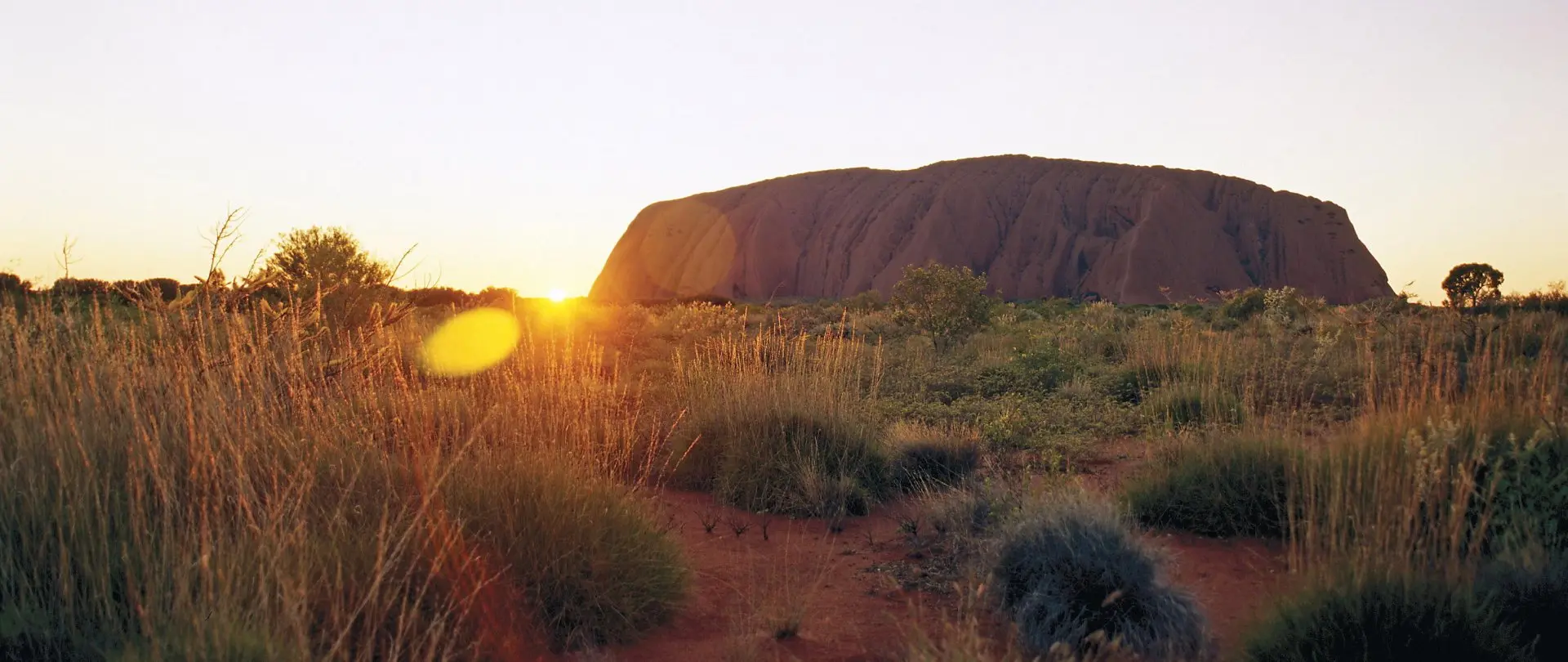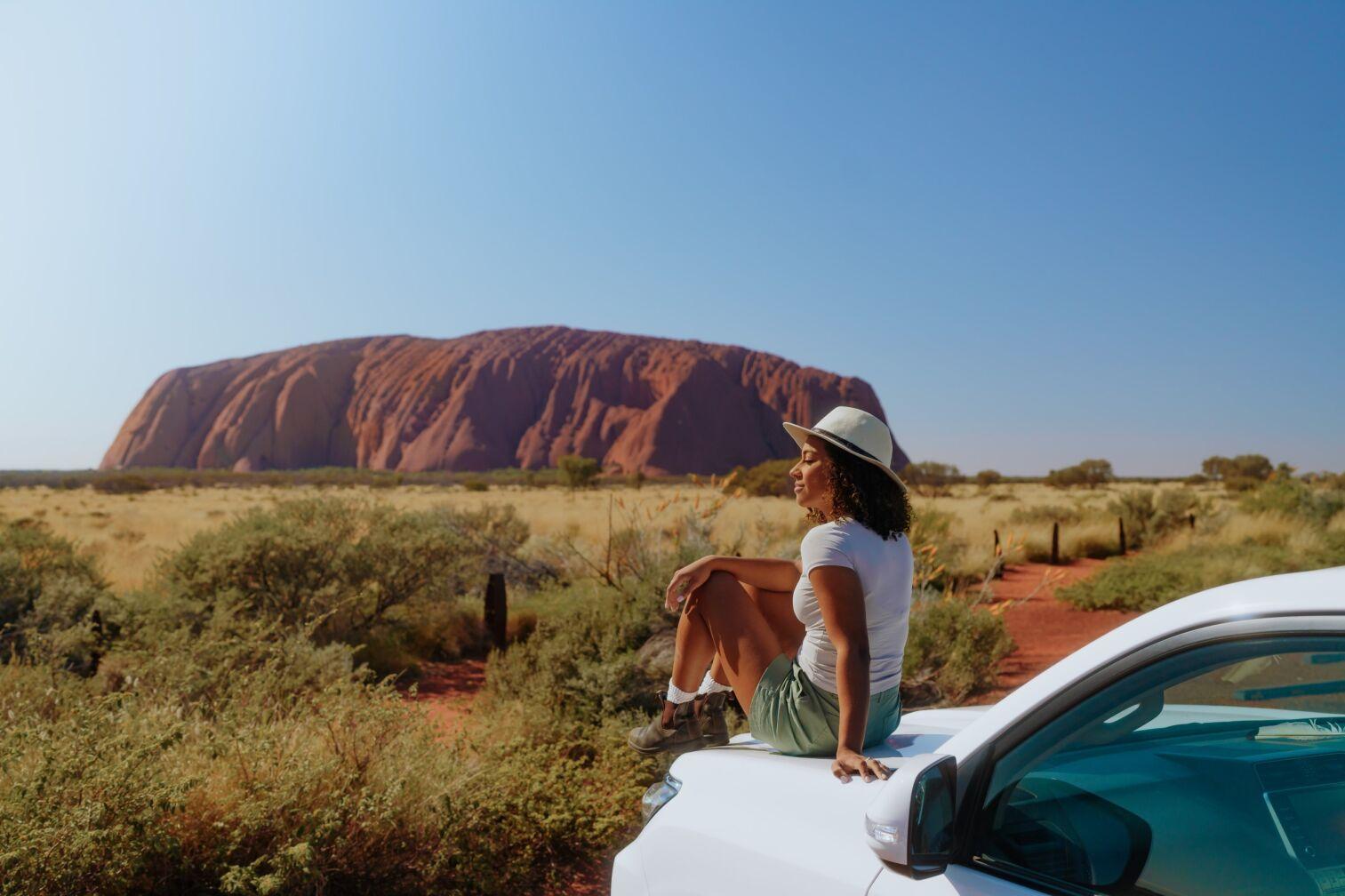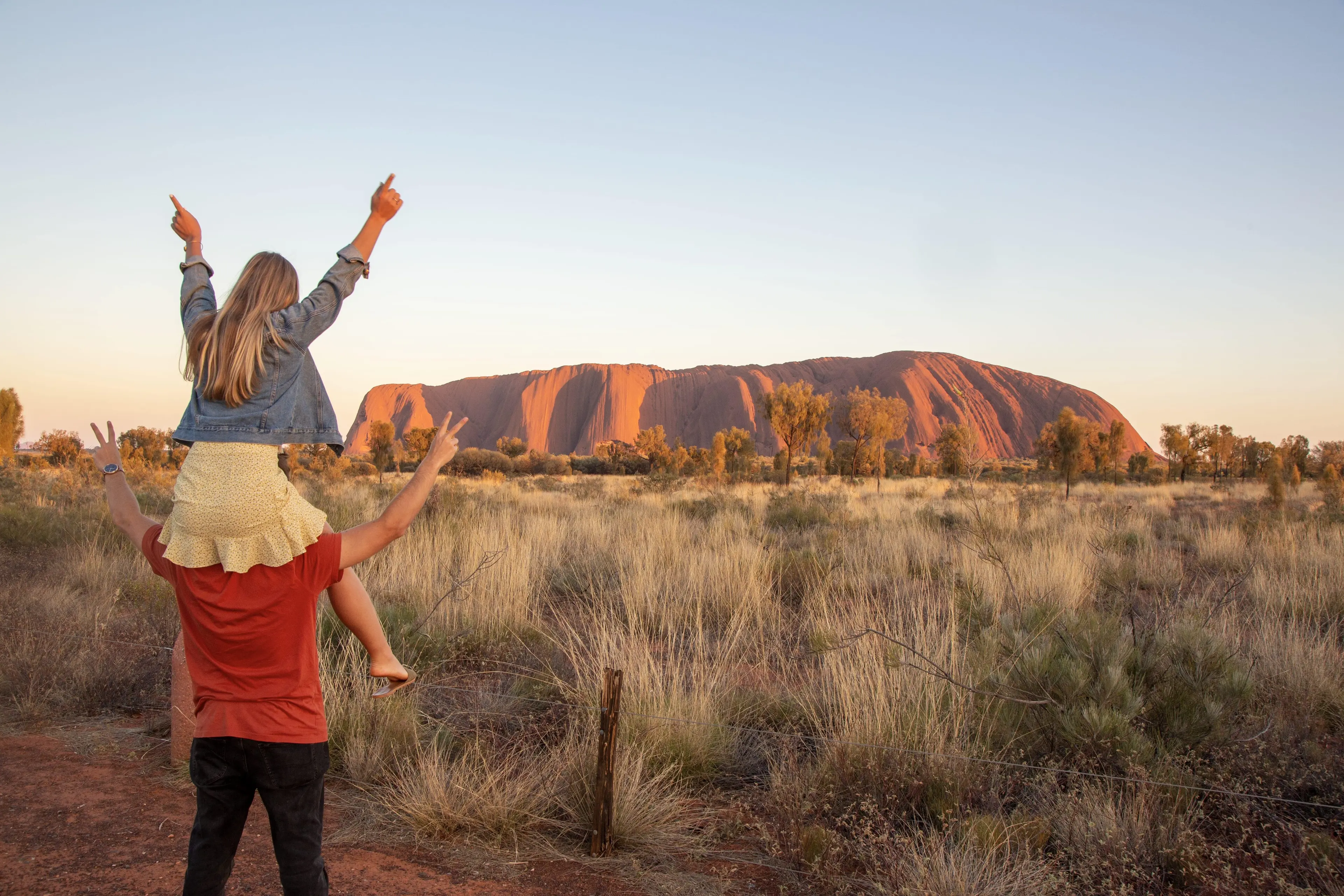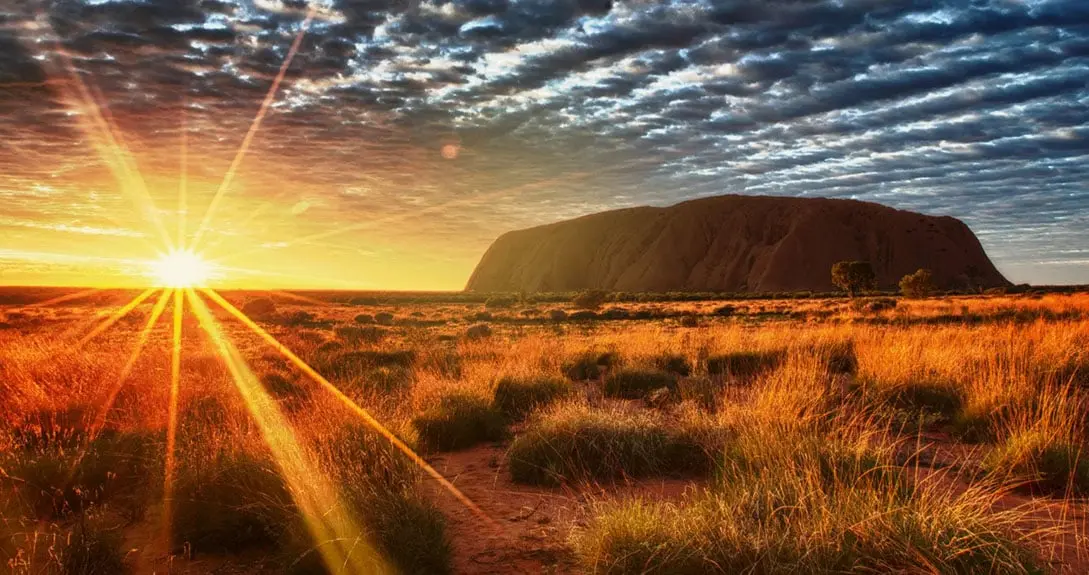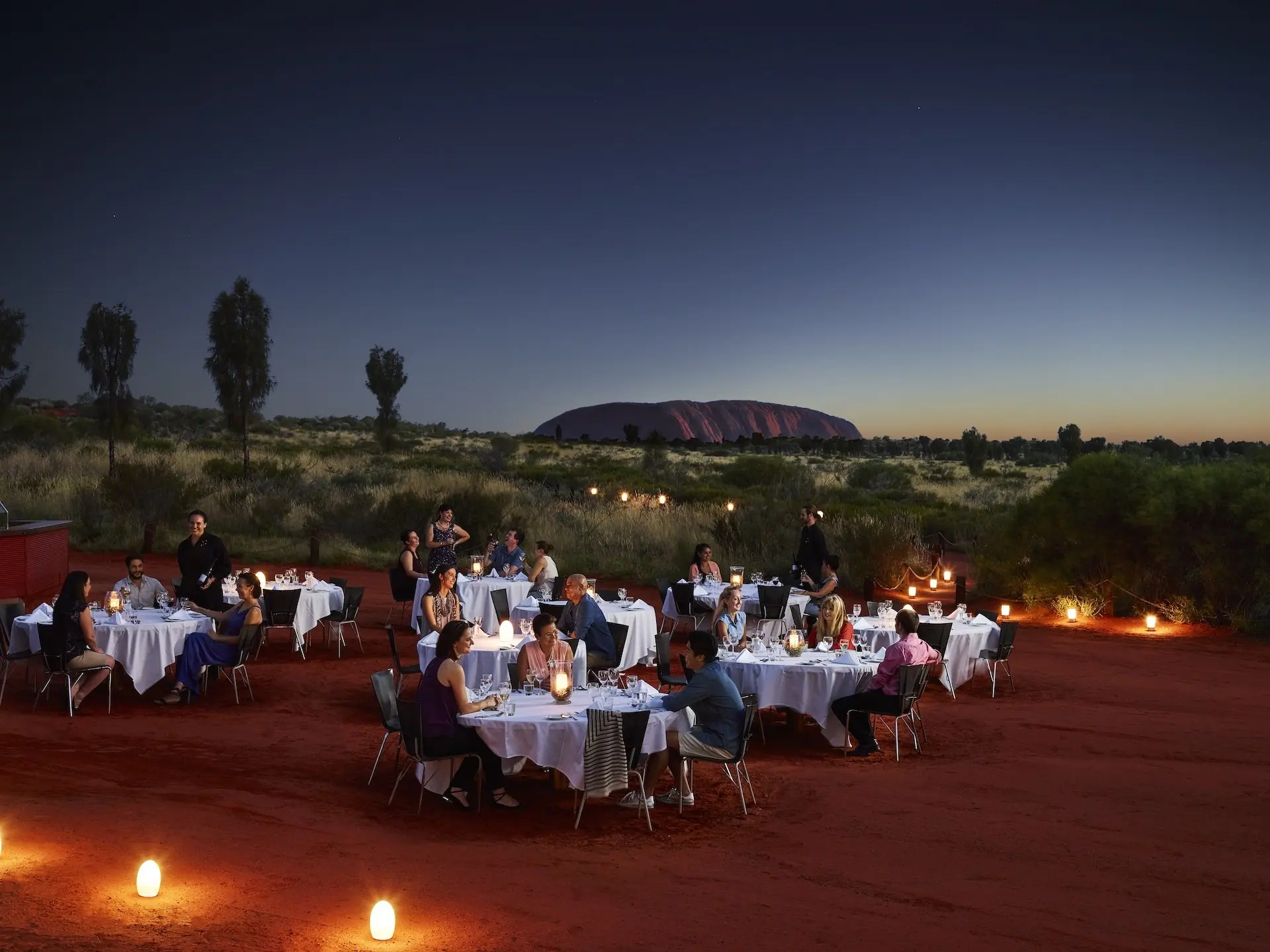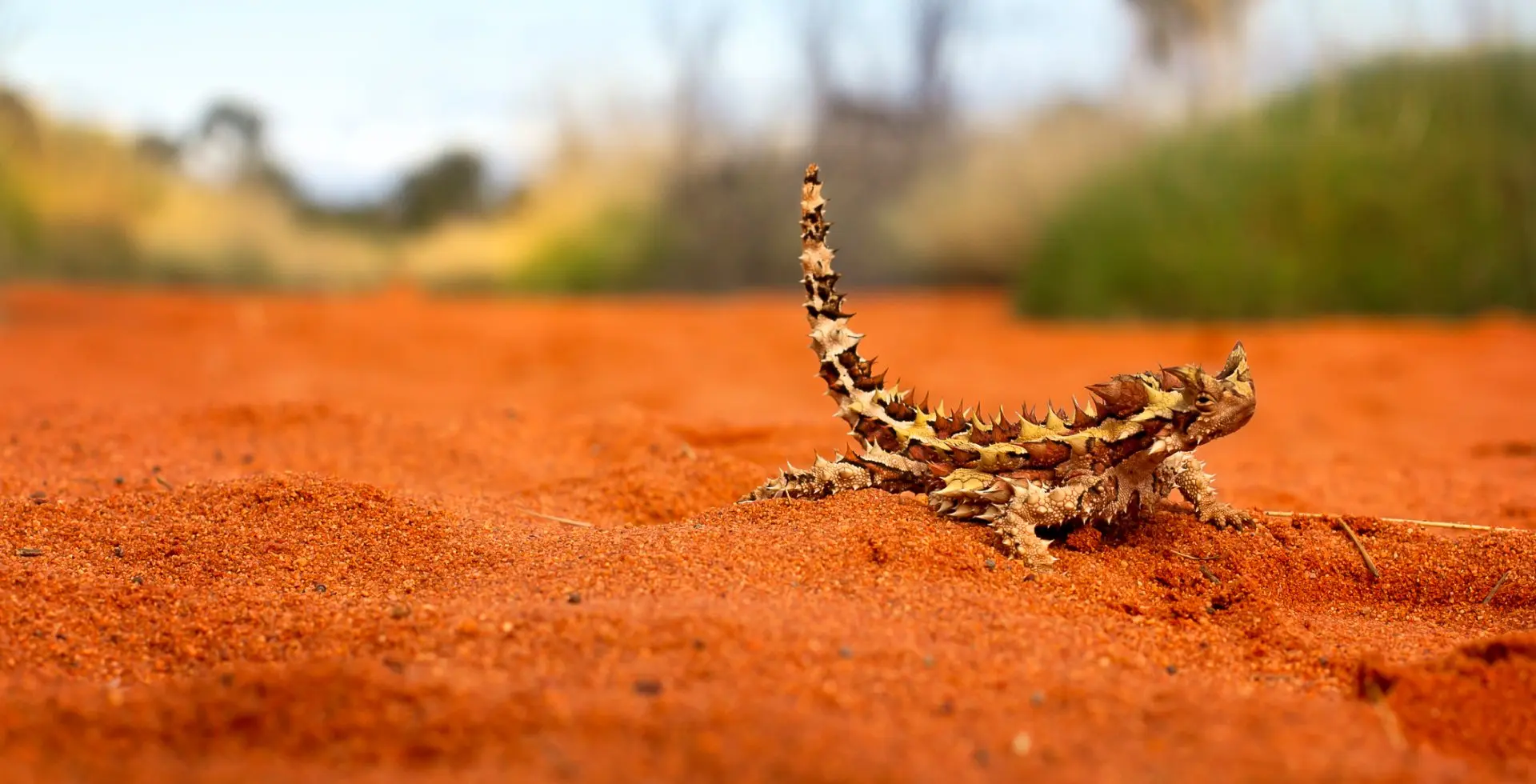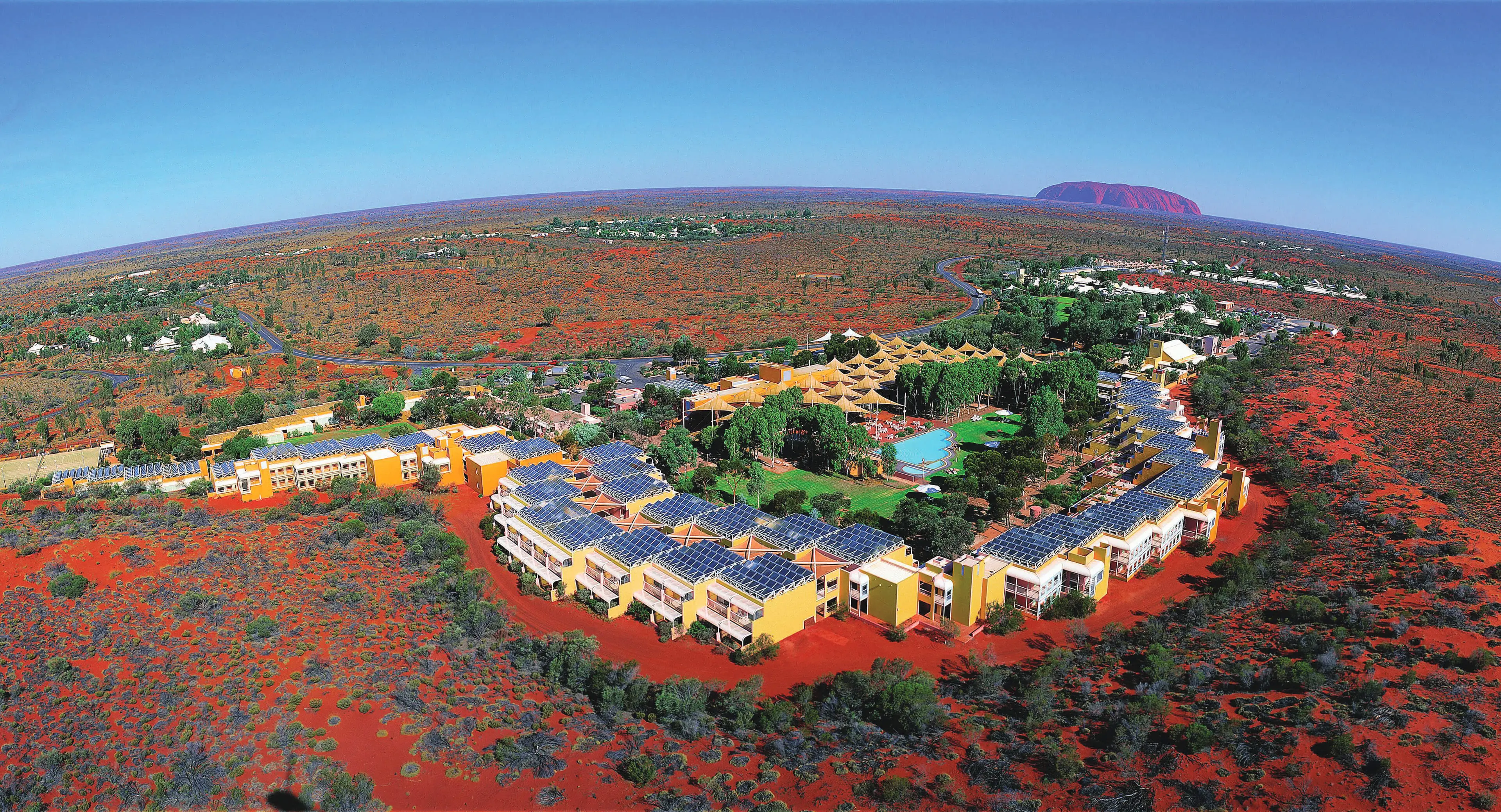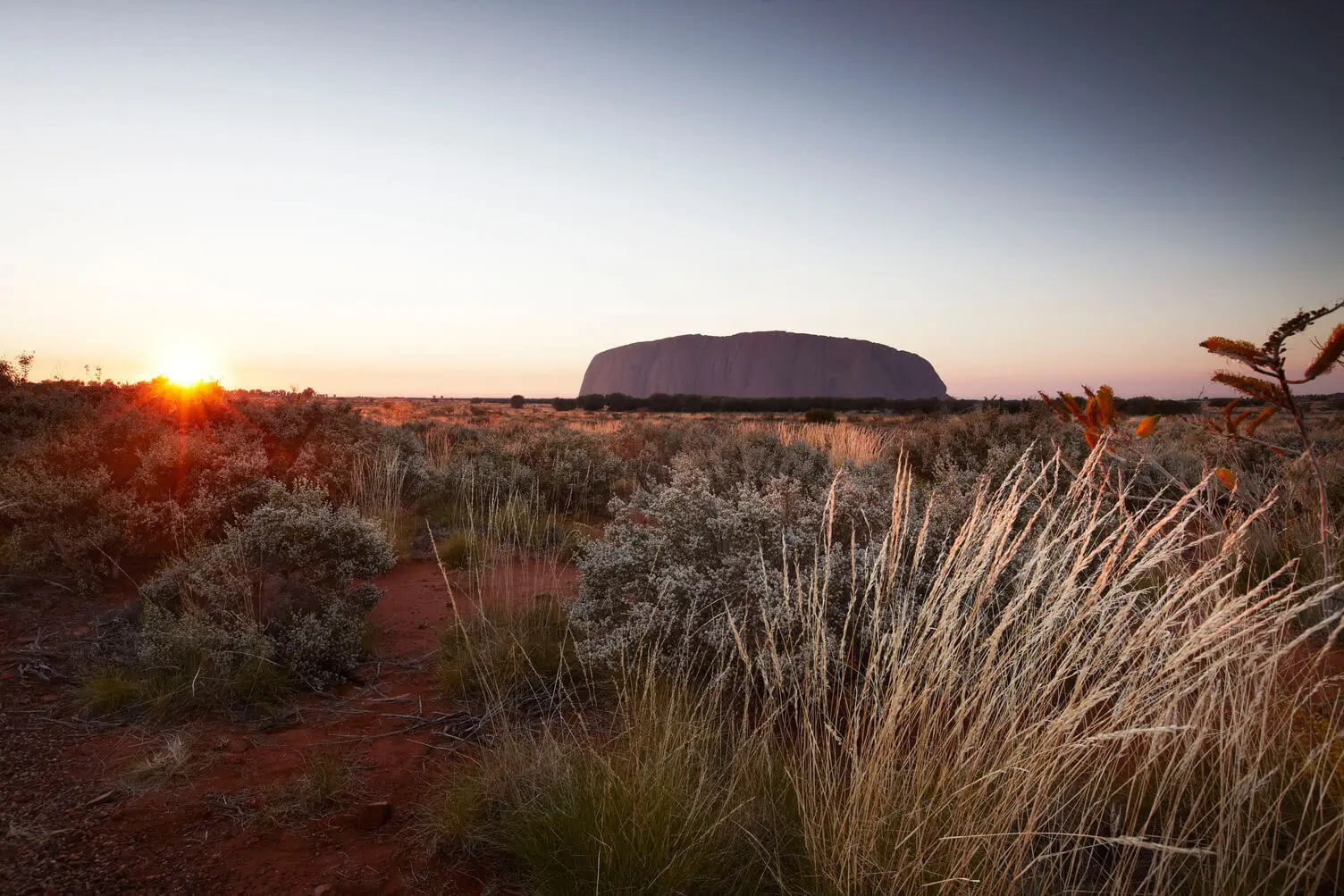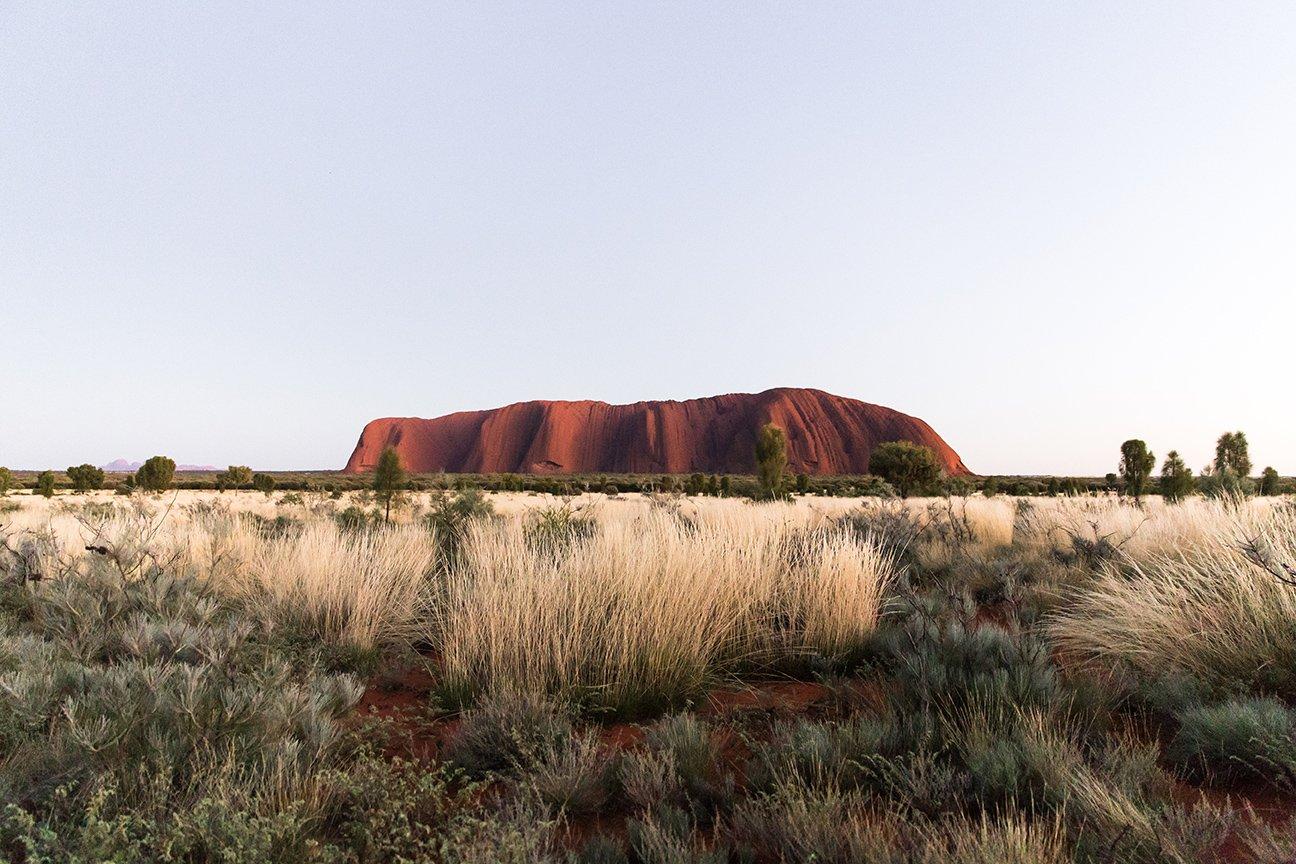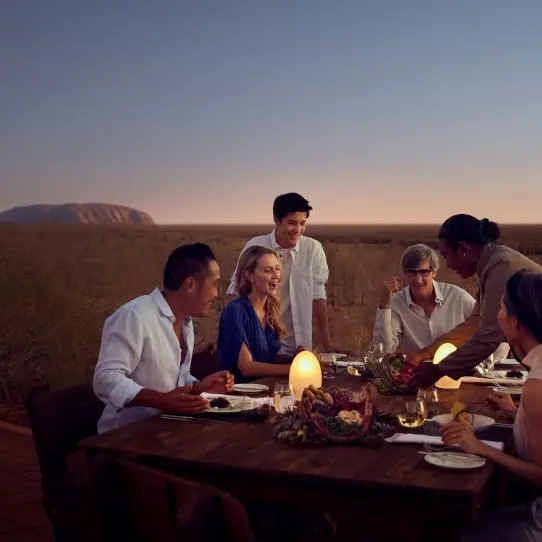Will you Help Write our Next Chapter?
When it comes to writing the story of Ayers Rock Resort, it’s hard to know where to begin. Of course, there’s the elephant in the room...or, rather, the giant rock in the desert. Uluru is one of Australia’s most recognised – and respected – landmarks and a place of cultural and spiritual significance.
There’s a host of accommodation options, from lavish hotel rooms to outback camping. There's a large variety of unique activities, tours, and experiences to mix, match, and customise your perfect holiday. No two days here are the same, and our story isn’t complete without the characters: the people who make everything happen here at Ayers Rock Resort.
Where: The Place
With accommodation options for every possible taste and budget – from the award-winning, five-star Sails in the Desert and the modern Desert Gardens Hotel, to the just-like-home-but-better Emu Walk Apartments, your perfect place to stay is waiting for you.
Who: The People
The Ayers Rock Resort team includes hospitality professionals recruited from all over the world and Indigenous employees from local communities, some of whom have passed through the ranks of our visionary training and employment program.
